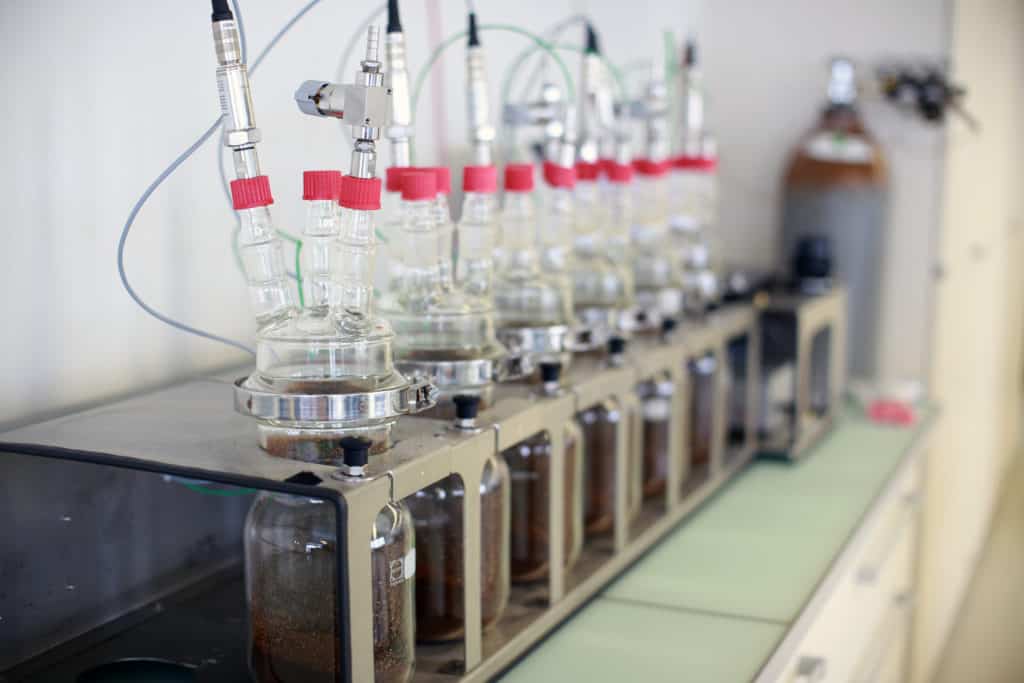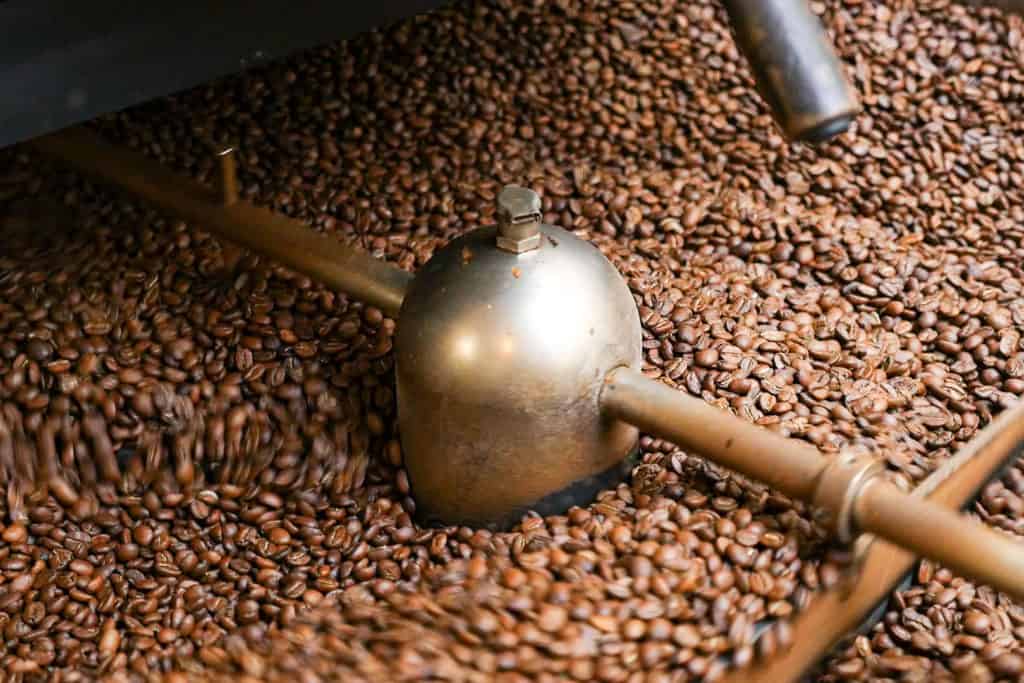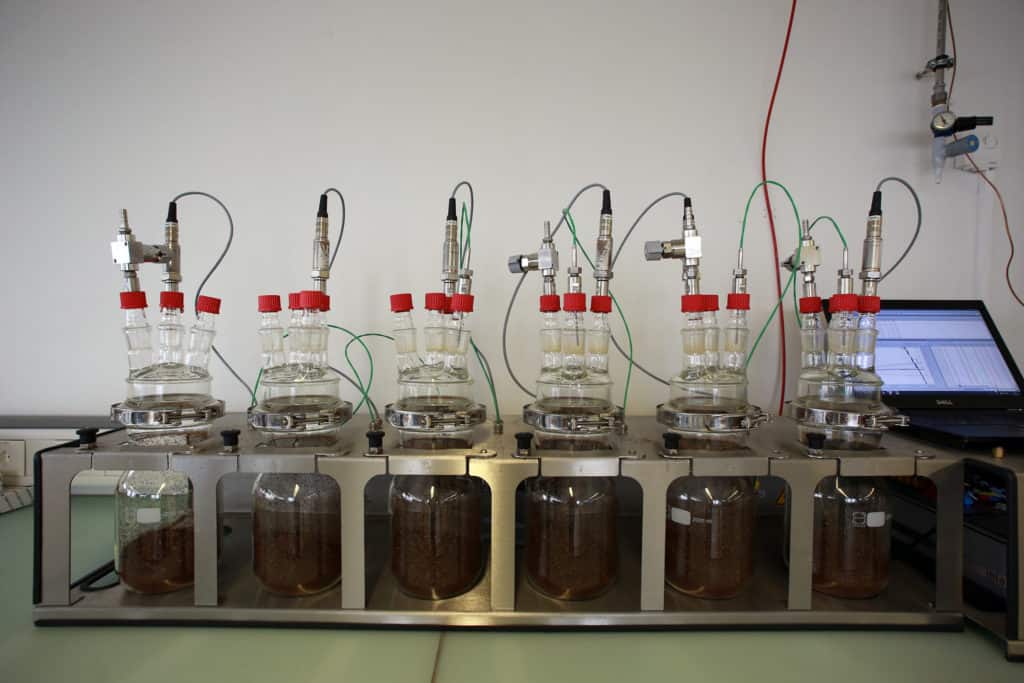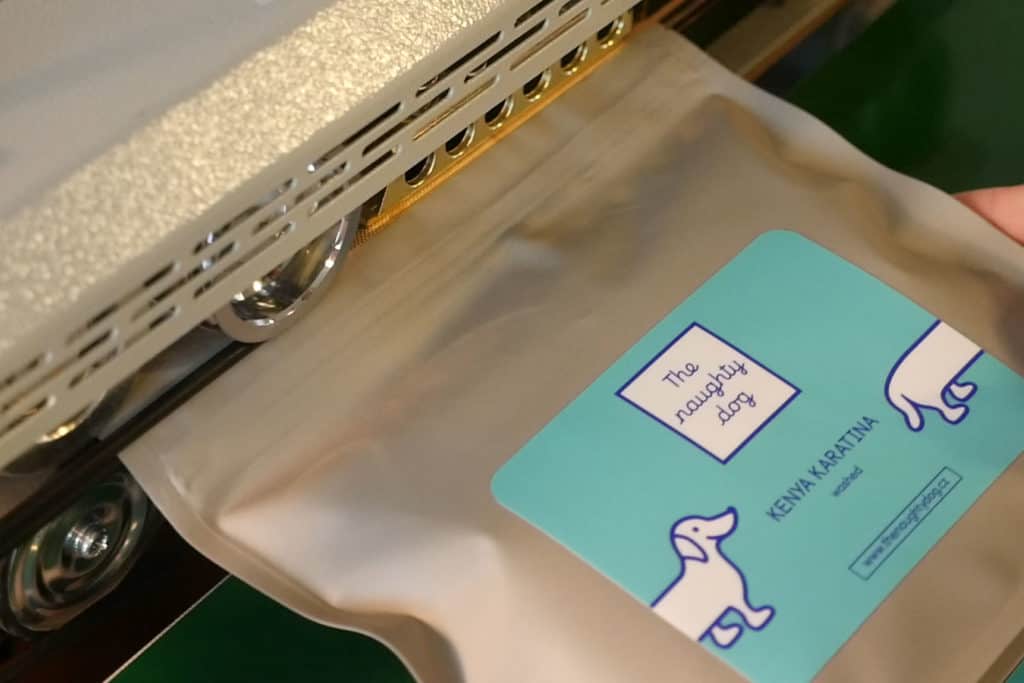Freshness as a concept has been at the heart of specialty coffee since its beginnings. It is one of the key parameters to control when we want to showcase exceptional specialty coffee products. The recent coffee trends are aiming towards pursuing the best cup of coffee and not only for specialty coffee, but also for mainstream coffee, freshness is a topic of interest.

The group of the Coffee Excellence Center at the Zurich University of Applied Sciences has been at the forefront of coffee freshness studies for a decade.
What’s Freshness of Roasted Coffee
The definition of coffee freshness is to have original unimpaired qualities. More specifically, we talk about roasted coffee freshness. The reason for this is that roasting generates coffee aroma, makes the beans extractable, but it also makes coffee unstable. Only after roasting, the coffee bean can allow oxygen to damage to the bean and labile coffee aroma readily escapes from the beans. Roasted coffee is therefore unstable, constantly changing material. For understanding coffee freshness, we must first understand why and how the freshness is lost.

There are four most important external factors that are involved in freshness loss:
1 – Space
Freshly roasted coffee beans are saturated with volatile aroma molecules. Due to physicochemical forces, aroma will want to escape into any open space that is available around the beans.
2 – Oxygen
Contact of coffee beans with oxygen from the air can cause degradation of some of the sensitive aroma components. This degradation can be perceived, but in many cases, the loss of aroma is dominated by the process of aroma escaping into open space around the beans. However, another oxidation, oxidation of the coffee oil, produces very unpleasant rancid tasting components that should be avoided in any coffee. The oil is naturally present in the roasted coffee bean, and the oxidation inside the bean can be rather slow. But in the case of oil migration to the bean surface, the effects are fast and very unpleasant.
3 – Temperature
Both upper mentioned processes, aroma diffusion and oxidation are dictated by the temperature. The temperature causes molecules to move, and the hotter it is the faster they move. When they move fast it gets increasingly likely that aroma escapes the beans and that oxygen causes damage to the bean. Theoretically, if we would cool coffee to absolute zero temperature, we would keep it fresh indefinitely.
4 – Time
None of the processes of losing the freshness are instant, they all need some time to happen.
The mentioned four factors are important to understand the processes behind the freshness of coffee and why it is such a sensitive product. They are not the only factors that can destroy the coffee aroma, for example, humidity or strong light can destroy coffee qualities too. It has been found that higher humidity in ground coffee increases the release rate of aroma loss from coffee.
Taste is, of course, the most important attribute of coffee, but when looking at the whole picture of freshness, it is not the only thing that we need to be aware of. Coffee freshness is very complex and when talking about coffee freshness, there are two different kinds of freshness’ that we recognise: chemical and physical freshness.
The chemical freshness is related to aroma changes in coffee and physical freshness to the degassing phenomenon.
Chemical Freshness of Coffee
We study the coffee aroma by analysing the composition of the coffee aroma, with a device called a gas chromatograph / mass spectrometer. Those are two devices coupled together and the first separate different molecules, components of the aroma, and the second device can detect their mass, so we know which aroma compound we are observing. Based on such measurements we can define freshness indices, which are ratios between different aroma compounds. These indices are extremely helpful in testing how different parameters impact the coffee aroma.

For example, testing packaging made of different materials, testing different capsule materials, evaluating the impact of temperature on freshness, or testing secondary shelf-life (consumer behaviour after opening the package for the first time).
To try to imagine how coffee aroma science helps us to understand why coffee changes profile as it is ageing, we can look at four very different aroma compounds and see how they evolve during coffee storage. Those four aroma compounds are:
- methanethiol (sensory properties: garlic, cheesy, cabbage, rotten eggs),
- propanal (sensory properties: ethereal, winey, earthy, whiskey, cocoa),
- 2,3-butanedione (sensory properties: buttery, creamy, sweet, vanilla),
- methylpyrazine (sensory properties: nutty, chocolate, peanut, green).
The individual aroma can have many sensory descriptors, they can resemble different smells. The differences come from when we smell them in different amounts or in a different environment. When we take into consideration that these four aromas develop very differently inside coffee beans with storage, that with time their relative proportions changes heavily, we can know that aroma of a coffee will change with time.
If we take 100% percent as the starting point after roasting, we have only 20% of methanethiol left after 2 weeks, but about 60% of butanedion and propanal and 80% of methylpyrazine.
Imagine that the coffee consists of about 40-50 key aromas, each behaves differently, and often the same compound can have a positive and negative smell attribute, which changes only with its concentration. For example, beta-damascenone is such an aroma, in high concentrations it smells unpleasant, smoky, in low concentration is has a pleasant flowery smell. It is soon clear that we are dealing with a very complex situation when talking about the development of coffee flavour with time.
For each coffee, there will be a different peak for the optimum experience. Not only coffee itself, the extraction method also plays a role, and the optimum might be different if we use the coffee for espresso or for filter coffee.
Physical Freshness of Coffee
Coffee degassing is a process that happens during storage of freshly roasted coffee. During coffee roasting large amounts of gas is produced (the gas is mainly CO2, carbon dioxide), this gas stays trapped in the beans after roasting and is gradually released. We are aware of this phenomenon because we know that if we store coffee in sealed bags, they will inflate and eventually pop. Degassing is the reason why we have one-way valves integrated on coffee packaging, to let the carbon dioxide out of the packaging.
The reason why we call this freshness physical freshness is therefore reflected in the physics of coffee and technology around it. We also measured the degassing using tools to measure physical properties, we can put beans into a hermetically sealed container and measure pressure increase in the container caused by degassing, or we can put the coffee on a very precise scale and measure the weight loss caused by degassing. Surprisingly, a very large amount of freshly roasted coffee is gas. Roughly we can say that 1% of freshly roasted coffee is gas that is eventually released with storage (for whole roasted beans it takes about 1-2 months for complete degassing).
The amount and duration of degassing are mostly impacted by the roast profile, darker and faster roasts tend to produce more gas and release it faster, and degassing can be also slightly impacted by coffee origin, variety and processing.
We can all observe the consequence of the trapped gas in the roasted coffee, whether it is as espresso crema, or the blooming during filter coffee preparation. It is sometimes unwanted, as in the case of blooming and packaging requirements, but for the espresso crema, it is crucial. The relation of the degassing with the age of coffee can be seen in how much crema is produced during espresso extraction. This can be nicely demonstrated if we prepare espresso from the same coffee roasted using the same roast profile, extracted with the same brewing parameters, but of different age. The resulting amount of crema is clearly related to coffee age.
Practical Tips for Coffee Freshness
Due to the elusive nature of the aroma, it is complex to find a freshness solution that will work for all cases. From the many studies performed at the Coffee Excellence Center (a part of them are presented in the SCA Coffee Freshness Handbook), we can draw some conclusions and guidelines for the practices to keep our coffee freshness optimal.
Roasting
When roasting fast or dark, more gas is produced in the beans. When roasting fast, the internal gas pressure in the bean is high, which increases the risk of oil migration to the surface by the degassing process. We want to avoid any oil on the surface of the beans to avoid the formation of unpleasant rancid flavours.
Packaging
Best packaging is such that prevents loss of aroma outside of the package and doesn’t let oxygen to penetrate inside the package (a high barrier material) at the same time it should let the carbon dioxide out of the bag through a one-way valve. Ideally, the best protection of the aroma from oxidation is when the beans are packaged under inert atmosphere (nitrogen), or packed under vacuum. To what extent the package needs to protect the beans depends on expected storage of coffee before the bag is open, and how susceptible a coffee is for ageing. Perhaps for an expected use within a week, a paper bag without a valve is fine, but for 6 months expected shelf life a bag with a laminated aluminium layer, one-way valve and nitrogen flush packaging would be needed.

Storage
Temperature is the most critical parameter of storage. Best is to avoid coffee being subjected to a temperature above room temperature. The loss of aroma from coffee beans roughly doubles every 10 °C increase in temperature. Oxidation processes can speed up even more at a certain temperature, subjecting the beans to high temperatures (>50 °C) for even a short amount of time can do damage to the coffee aroma.
Extraction
Be aware that because of the degassing process the coffee behaves differently as it ages. You need to adjust your extraction parameters as beans age.
Freezing
A good way to keep the coffee fresh is to “freeze” the beans. Roasted coffee beans have very little moisture so storing coffee in the freezer is actually only cooling the coffee, no ice is formed, therefore the material does not change by the freezing process. Storing coffee in the freezer will prolong the coffee freshness for about 10-times. This means that if we say that a coffee is fresh for about a month or so, storing it in a freezer can prolong to a year of freshness.
There are a few things to be careful about when freezing roasted coffee:
- Store coffee in well-sealed bags, so that humidity and smell from other food in the freezer does not migrate into coffee beans. One-way valves can be taped down, they won’t work when the bag is put in a cold place, because the degassing process slows down.
- When taking the coffee out of the freezer always let the beans to warm up to room temperature. If a bag is opened and the beans inside are cold, the humidity will condense on the beans and can cause accelerated ageing of the beans. A recommendation is to leave a 250 g bag at least 1 hour outside before opening, and a 500 g at least 2 hours. Beans are poor heat conductors and it takes a long time before they warm up – even if the bag is already dry outside the beans inside might still be cold!
Time
We can’t stop this parameter. Enjoy your coffee when it is fresh, at its best! When is it still fresh? It all depends on the brewing method, roast style, type of coffee and personal preference. There are too many variables involved to have one solution for all. For example, cupping should be done within 24 hours after roasting. On the other hand, some coffees need time to express their full potential, such as was the case of 2019 Indonesian barista champion who used a coffee that was used 2 months after roasting. Explore what works best for you and your coffee, and learn from the experience. This is what makes coffee so interesting!

